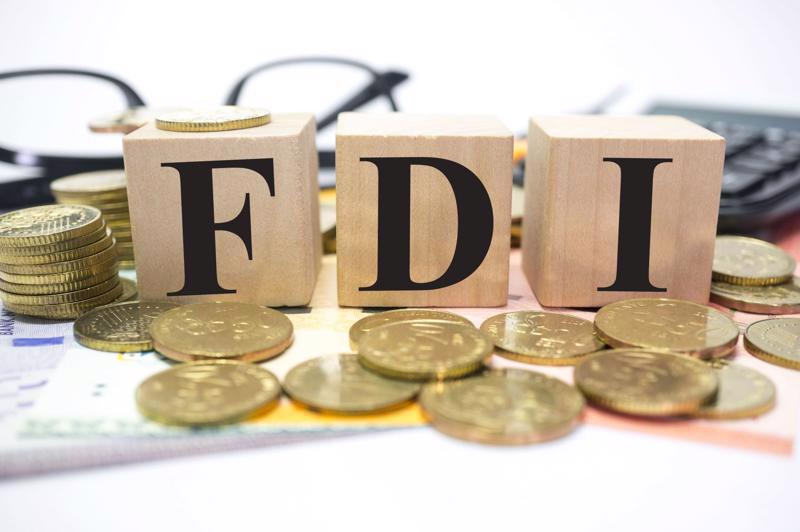The annual report on foreign investment in Vietnam in 2021 from the Vietnam Association of Foreign Invested Enterprises (VAFIE) notes that non-equity mode (NEM) or new form of investment (NFI) is emerging, from the supply chains of low value-added products to the supply chains of higher value-added products. To continue to attract FDI, VAFIE proposes that the government soon issue a set of criteria to evaluate the effectiveness of the FDI sector.
The FDI sector accounts for about 25 per cent of total social investment capital and 55 per cent of total industrial production value. FDI enterprises account for more than 70 per cent of export turnover, contributing to the transformation of the export structure from raw materials and minerals to processing and manufacturing with high added value.
According to Professor Nguyen Mai, Chairman of VAFIE, NEM allows transnational corporations (TNCs) to manage the activities of the supply chain and create opportunities for domestic suppliers to participate in the global supply chain. “Therefore, NEM is tending to increase because it brings great benefits to enterprises in the recipient country,” he said.
Besides the positive outcomes, however, there are still underlying issues, including the low participation of US and European high-tech projects, the economic effectiveness from FDI not being sufficient compared to the benefits, and FDI businesses spreading throughout the country creating imbalanced development between areas. The legal framework has also not been completed, which further worsens the situation. Hence, Vietnam needs to focus on three core solutions.
First, completing the legal framework for FDI, which includes the application of minimum global tariffs in Vietnam.
Second, increasing the effectiveness of FDI attraction and use by improving the business environment and fully supporting investors.
Third, improving the State management of FDI, from promotion, appraisal, and implementation to inspection and supervision.









 Google translate
Google translate